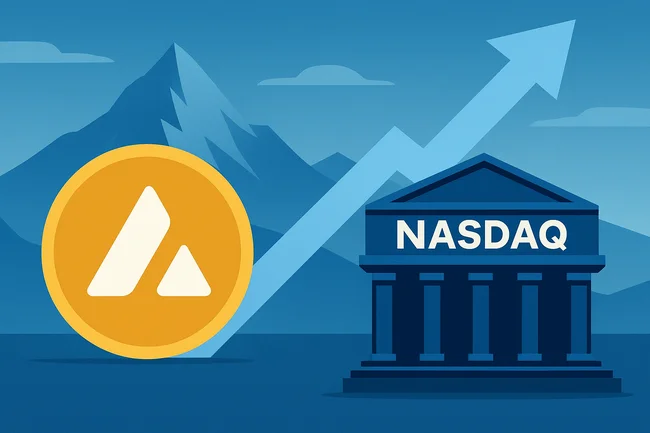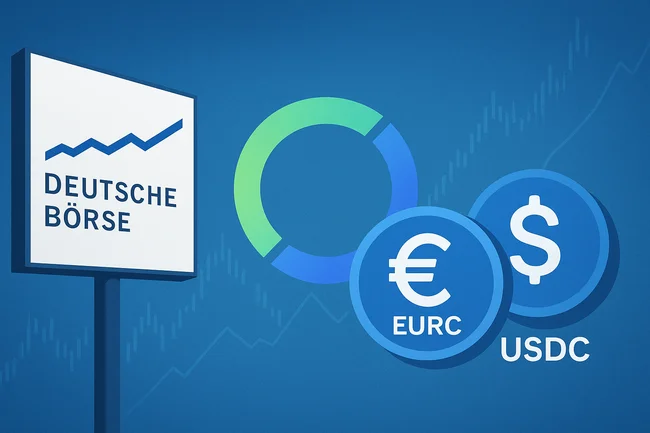Lag refers to the delay between an event occurring and the system’s response to it, particularly in transactions and data updates. In crypto, this can manifest as slow transaction times, where a user initiates a transfer, but it takes longer than expected for the network to confirm it.This delay often arises from network congestion, where many users are trying to complete transactions simultaneously. As more transactions are submitted than the network can handle, the system prioritizes which ones to process first, leading to longer wait times.Another aspect of lag can occur with price updates on exchanges. When there’s high volatility, the prices displayed may not reflect the most current market value. Users may make trades based on outdated prices, impacting their potential profits or losses.In summary, lag can impact user experience and decision-making in cryptocurrency, affecting both transactions and price information. Being aware of this can help users strategize better when participating in trades or transfers.

Avalanche Treasury Co. to Go Public in $675M Deal With Mountain Lake Acquisition
Avalanche Treasury Co. (AVAT), a digital asset treasury company aligned with the Avalanche Foundation, said Wednesday it has agreed to



